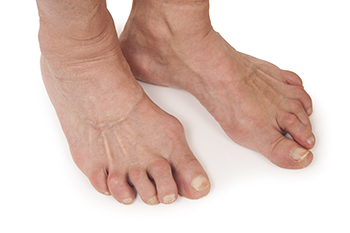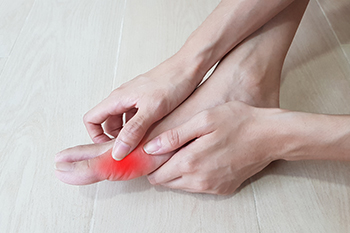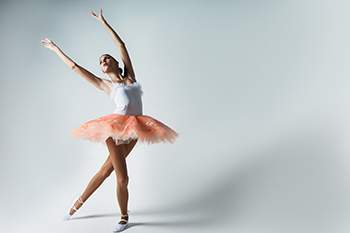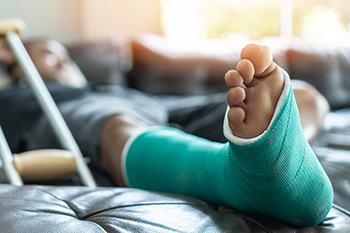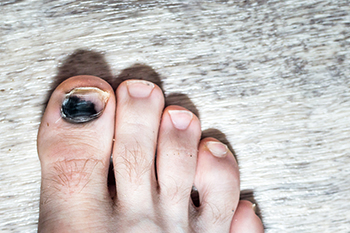
Ankle sprains are a common occurrence, especially among active individuals, but for some, they can be a recurrent and frustrating issue. Ankle sprains most frequently occur when the ligaments on the outside of the ankle are stretched or torn as the joint moves beyond its normal range of motion. Many such sprains may appear minor, with minimal swelling and mobility problems. However, if recurrent, they can have a cumulative effect and produce lasting consequences, leading to chronic ankle instability. Once you have experienced an ankle sprain, you are more likely to have another. Studies have shown that a history of lateral ankle sprains can disrupt the structural integrity of ligaments in the joint. As a result, up to 70% of patients report feelings of instability and recurrent ankle sprain injuries. Consequences include a reduced quality of life and an increased risk of early-onset osteoarthritis. Also, people with a history of ankle sprains often become progressively sedentary, are more likely to gain weight, and experience more general body pain. Methods to reduce the risk of another sprain include wearing an ankle brace and performing a series of exercises designed to strengthen the ankle joint. For help with recurring ankle sprains or instability, it is suggested that you make an appointment with a podiatrist for a full assessment and appropriate treatment options.
Ankle sprains are common but need immediate attention. If you need your feet checked, contact one of our podiatrists from Associates in Podiatry, PC. Our doctors can provide the care you need to keep you pain-free and on your feet.
How Does an Ankle Sprain Occur?
Ankle sprains take place when the ligaments in your ankle are torn or stretched beyond their limits. There are multiple ways that the ankle can become injured, including twisting or rolling over onto your ankle, putting undue stress on it, or causing trauma to the ankle itself.
What Are the Symptoms?
- Mild to moderate bruising
- Limited mobility
- Swelling
- Discoloration of the skin (depending on severity)
Preventing a Sprain
- Wearing appropriate shoes for the occasion
- Stretching before exercises and sports
- Knowing your limits
Treatment of a Sprain
Treatment of a sprain depends on the severity. Many times, people are told to rest and remain off their feet completely, while others are given an air cast. If the sprain is very severe, surgery may be required.
If you have suffered an ankle sprain previously, you may want to consider additional support such as a brace and regular exercises to strengthen the ankle.
If you have any questions please feel free to contact our offices located in Pittsburgh-South Hills, and Pittsburgh-Bellevue, PA . We offer the newest diagnostic and treatment technologies for all your foot and ankle needs.
